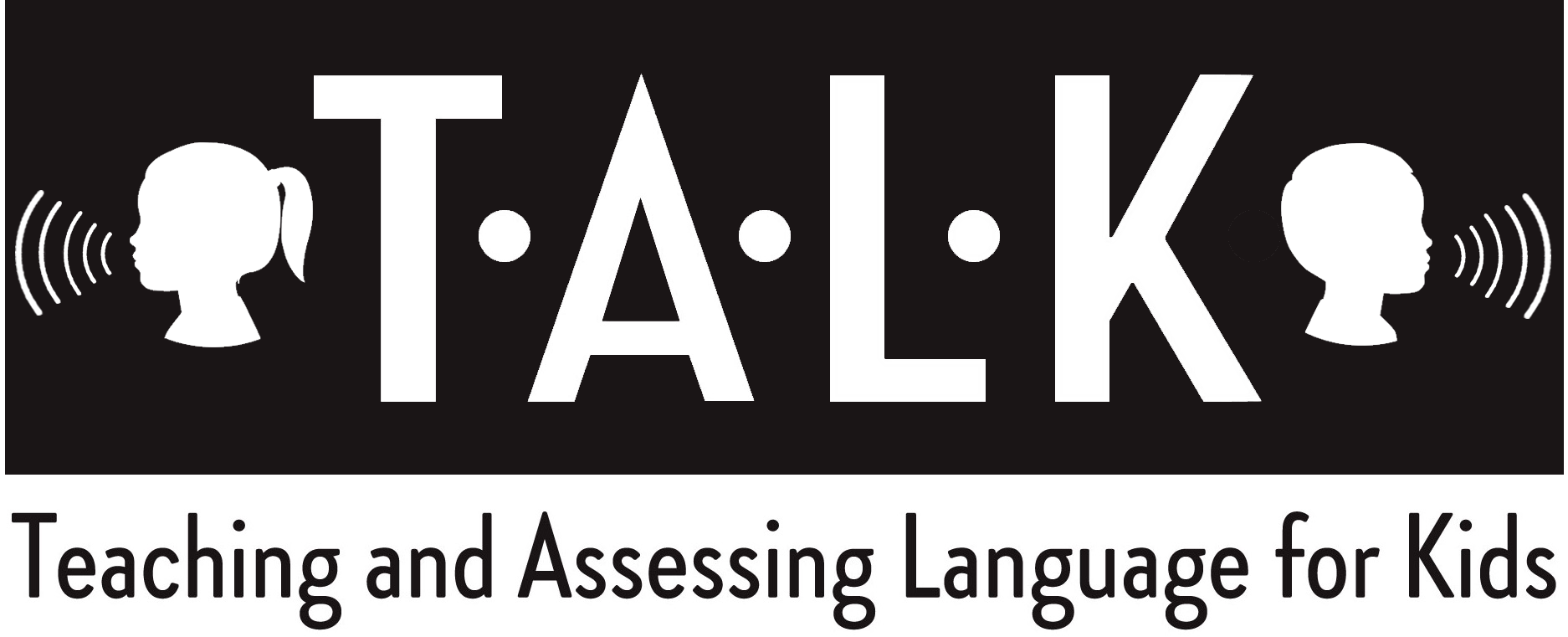Speech Sound Norms
As a parent, it can be tough to figure out if your child’s speech sound errors are cute and age-appropriate or if there is reason to be concerned. According to a recent compilation of 15 studies*, here are the average ages English speakers acquire their consonants:
2-3 Years
By 3 years most children should have the following sounds: p (pig), b (bat), m (mat), d (dog), n (nap), h (hot), t (toss), k (cat), g (go), w (win), ng (wing), f (fish), y (yes)
4 Years
By 4 years, most children should have the following sounds: l (love), j (jump), ch (chip), s (sun), v (van), sh (ship), z (buzz)
5 Years
By 5 years, most children should have the following sounds: r (run), zh (measure), voiced th (that)
6 Years
By 6 years, most children should have all sounds, including voiceless th (think)
Remember, these are the average ages children acquire their speech sounds. It is also not uncommon for sounds to emerge in certain positions but not others. If you have any concerns about your child’s speech sound development, please contact a speech-language pathologist.
*McLeod, S. & Crowe, K. (2018). Children’s consonant acquisition in 27 languages: A cross-linguistic review. American Journal of Speech-Language Pathology. Available from: https://ajslp.pubs.asha.org/article.aspx?articleid=2701897

